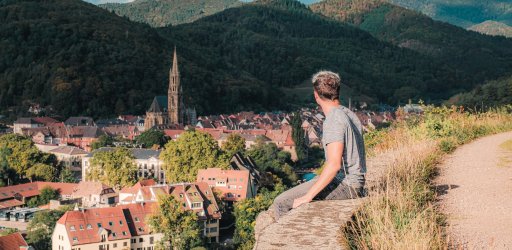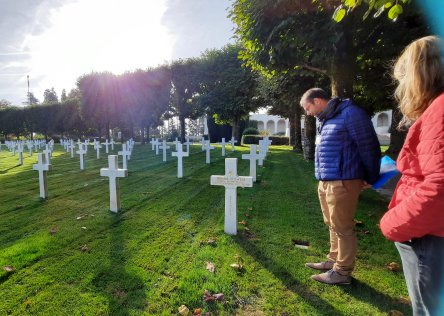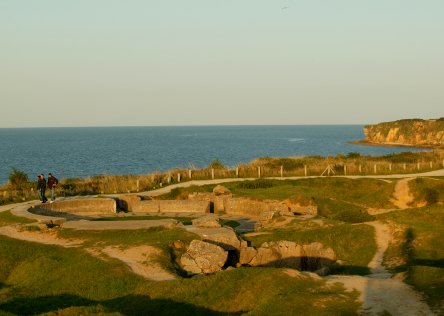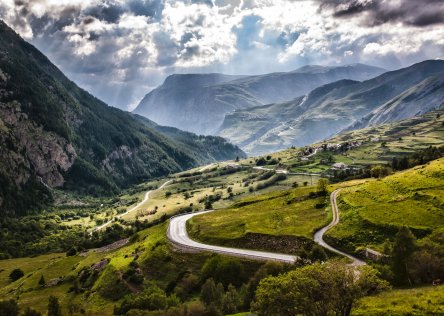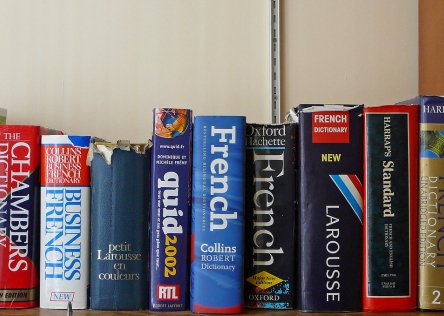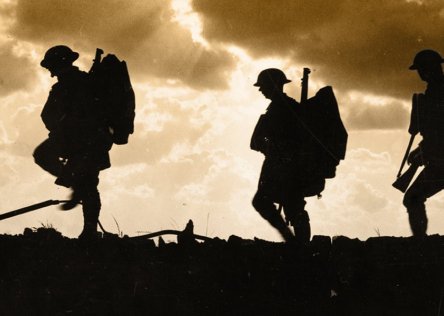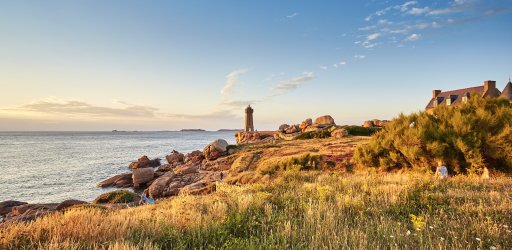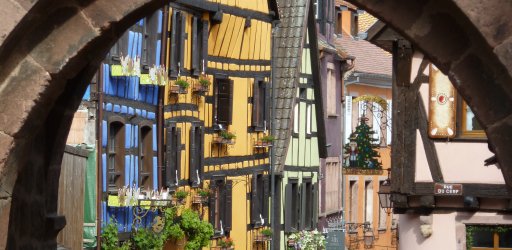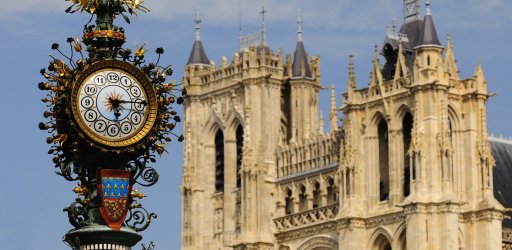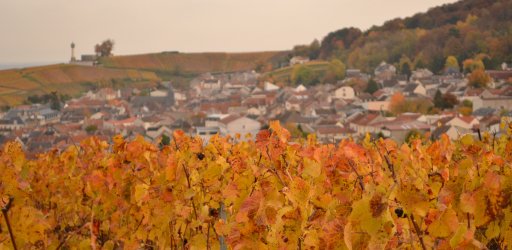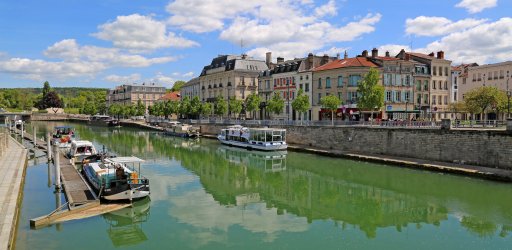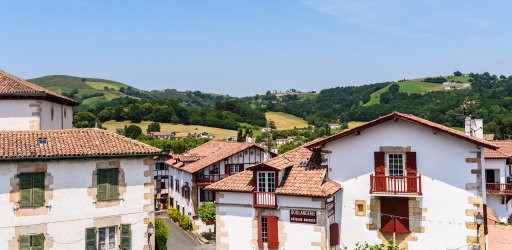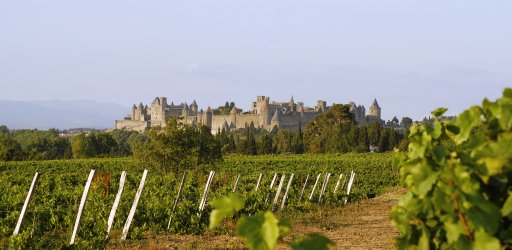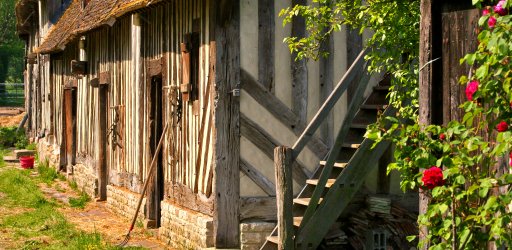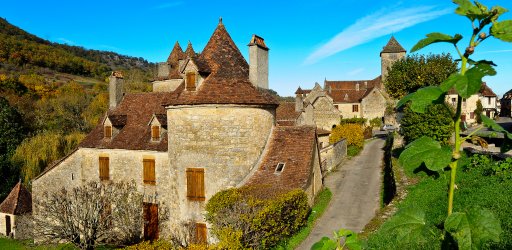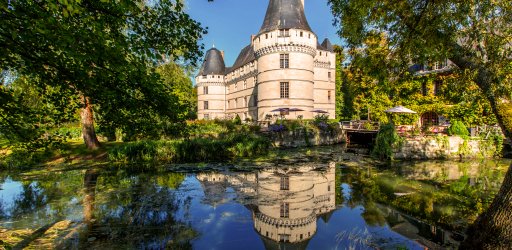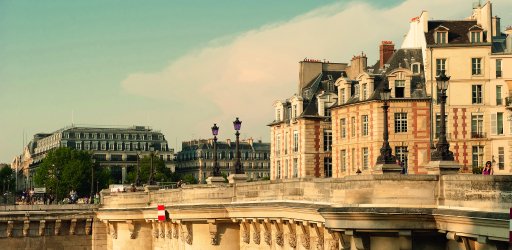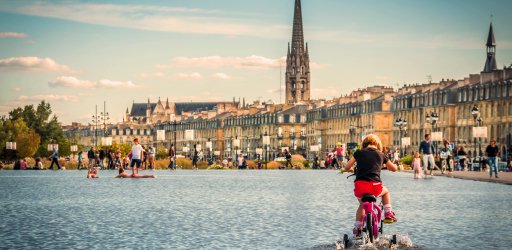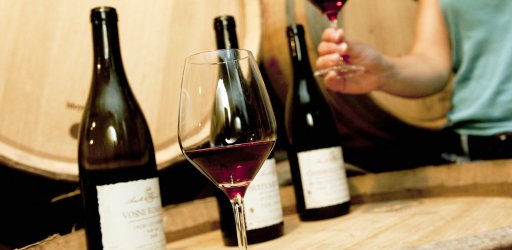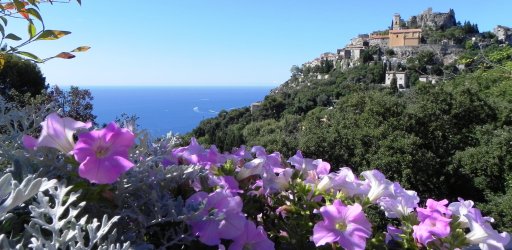Flanders Fields Battlefield Tours
Lille and the most northern part of France are part of the Flanders, which spills over into Belgium. People that live here are affectionately called Ch’ti, a term from WWI linked to the accents of the soldiers from this area.
The main city is Lille, which is very dynamic with a great cultural scene, a charming old quarter, and impressive architecture. The big event in Lille is in September, when the Braderie de Lille fills the whole city’s street with antiques vendors and garage sales for a weekend of the biggest flea market in Europe.
The people of the North are very welcoming, and you may just make some new friends for life over a glass of local beer.
Our Self-Guided Tours in Lille & North
Get away from the beaten paths in the North of France.
How to Get to Lille
Lille belongs to the department of Nord and is part of the Hauts de France region (literally meaning Upper France).
This is the main city in the Northern part of France and the central place to stay.
Drive to Lille
- Lille is directly north of Paris, with an easy 2hrs30 drive from downtown Paris, or 2hrs from Paris CDG airport. This makes it a good beginning or ending destination to visit for those travelers flying in or out of Paris.
- Lille is also about a 2hr drive from the Champagne region. Travelers interested in war history may arrive from Amiens in the Somme region (1hr30 drive) or Verdun (3hr30).
Take a Train to Lille
- Many direct high-speed trains are scheduled daily to join Paris and Lille and it takes only 1hr.
- From Lille you can also easily reach by Thalys TGV train Brussels or Amsterdam.
WWI Sites in Lille & Flanders
The French and Belgium Flanders areas, part of the Western Front, was the theater for some of the fiercest battles of WWI. In August 1914, the Germans invaded Belgium on their way to France. They also planned to capture Belgium ports like Antwerp. At Ypres, the German advance was stopped by soldiers from Belgium, France and Britain.
In the winter, the armies dug in, building trenches they would unfortunately use for years. Cold and starving soldiers fought from these mud-filled trenches. Disease and death were always present.
Today, there are many memorials and cemeteries dotted across this sprawl of farmland (Flanders Fields) which changed hands many times during the war. Most of the sites are located in very nearby Belgium, around the town of Ypres. We recommend planning for a full day to visit the WWI sites on a Lille battlefield tour. The best way to visit these sites is with a private guide that we will plan for you, based on your nationality, your specific interests, etc. They will bring this history alive for a powerful moment you will never forget.
-
The Menin Gate and the Last Post
The Menin Gate, also known as the Ypres Memorial, is one of the most important war memorials in the country, and indeed the world. The gate existed before the war and was chosen for the memorial because hundreds of thousands of soldiers passed through it on their way to the nearby battlefields. Today, it bears the names of about 54,000 soldiers who died prior to august 16th, 1917 and were not officially buried. It is a poignant tribute to the 200,000 commonwealth servicemen that died in the Ypres Salient.
The Last Post ceremony under the arch takes place every evening at 8pm and is a very moving experience. Buglers pay tribute to the fallen and the music signals their eternal rest.
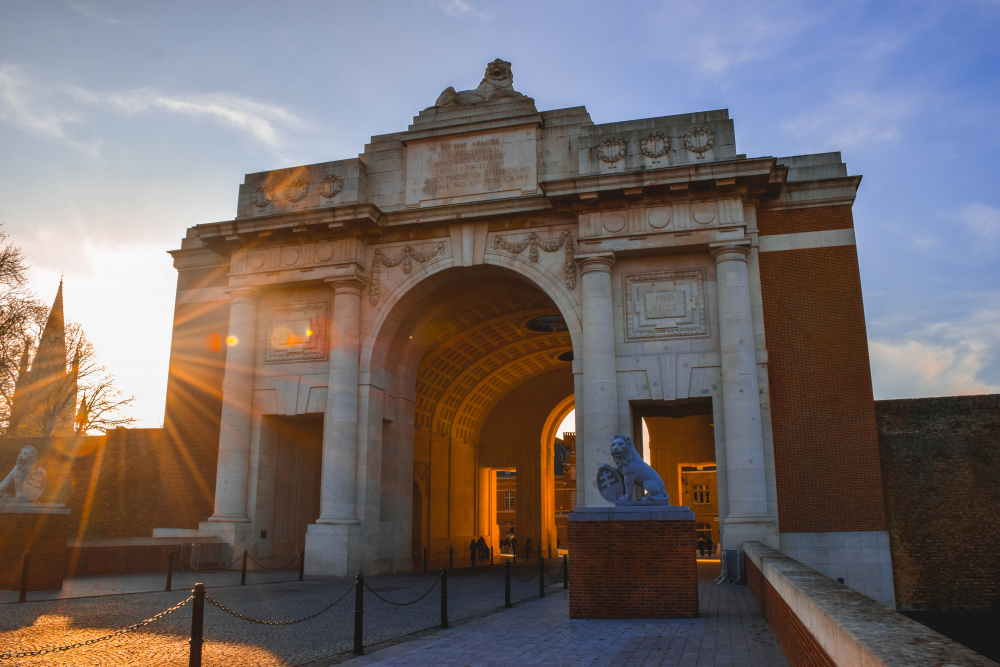
Menin Gate in Ypres - ©Zieben VH on Unsplash
-
Hill 60
Site of a notable battle, nothing has changed here since the car. The tunnels dug under Hill 60 were mined by Australians and blown up under enemy lines. The close proximity of the front lines is noted by the signs in the sidewalk.
Australians took Hill 60 in June 1917. The Germans took it in April 1918, and British and American troops took it back in September 1918.
-
The Brooding Soldier
Canadian troops held the line here in the face of the first poison gas attacks released by the Germans. More than 2,000 soldiers died. The Brooding Soldier looks down from atop a 33-foot granite column, and he faces the direction from which the poison gas arrived.
-
Germany Military Cemetery
The cemetery (located in Langemarck) is one of four German cemeteries in Flanders Field. More than 44,000 soldiers rest here. The most moving is the Comrades Grave, the common grave of almost 25,000 unknown men.
-
Tyne Cot Cemetery and Memorial
This cemetery, located near Passchendaele, is the resting place to fallen soldiers from England, Canada, New Zealand and Australia. Out of the 12,000 graves, 8,000 are unknown. Tyne Cot marks the farthest point reached by British forces in Belgium.
Inside the memorial, the names of nearly 35,000 men from the UK and New Zealand who died in the Ypres Salient after August 1917 and were never found.
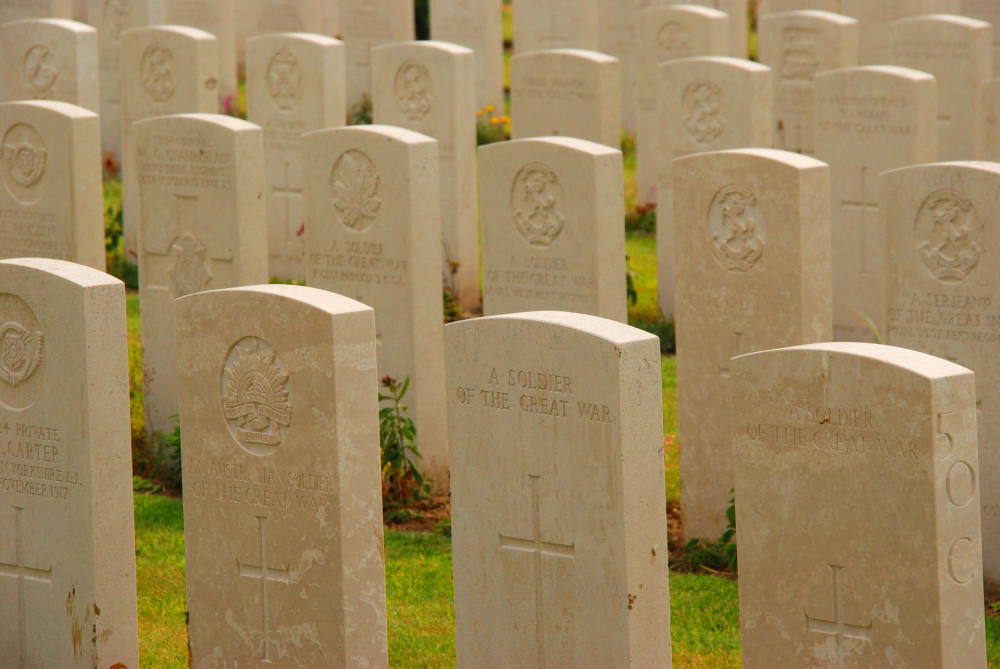
Tyne Cot Cemetery - ©Pixabay
-
Essex Farm Advanced Dressing Station and Cemetery
The grave of one of the youngest of the fallen is here. The 15-year-old boy should have been in school and not on the battlefield. Because of this, the cemetery is often visited by schoolchildren.
The medic John McCrae worked in the field dressing station, and is the author of the famous poem, “In Flanders Fields.”
-
Yorkshire Trench
This trench system was re-discovered in the 1990s when construction workers started digging there. Fortunately, part of the line of trenches is preserved.
Check out our Heritage & History trips.
The Opal Coast
The Opal Coast, which stretches from Berck-sur-Mer to Bray Dunes, is made up of sandy beaches and dunes. The town of Le Touquet is charming and is the home of France’s first lady, Brigitte Macron. Calais, famous for lace-making is also along this coast.
The Todt Battery, between Calais and Boulogne-sur-Mer, is the site of the Atlantic Wall Museum, and you can visit one of the four bunkers there.
Nearer to Lille is Dunkirk, the third largest port in France. The city is probably most famous for Operation Dynamo, which succeeded in evacuating more than 338,000 soldiers to England, in only nine days in 1940.
Today, Dunkirk is famous for its colorful Carnival which lasts for three months, from mid-January to mid-April, with a climax on the week of Mardi Gras. The carnival was inspired by the Dunkirk fishermen who used to sail up to Iceland for cod fishing, and the Sunday before Mardi Gras, hundreds of smoked herring are thrown from the balcony of the Town Hall.
The Food in Lille and its area
Unlike most of France, the North is all about beer, not wine. Local breweries abound and are a great way to get local.
- An emblematic dish of this area is the carbonade flamande, like beef bourguignon but made with beer instead of wine and is often eaten with French fries or gingerbread.
- Mussels with French fries is the star of the Braderie de Lille, with mountains of empty mussel shells being formed in the streets over the weekend.
- La flamiche au maroilles is a quiche made with maroilles cheese. This cheese is a specialty of the area, but be warned, although it is delicious, it is very smelly!
- Le Potjevleesch (for visitors, just order the Potch – much easier to say) is pieces of cold meat set in a slightly vinegar aspic. It is served with French fries for a complete meal.
- Les Chicons en gratin are endives wrapped in ham, smothered in bechamel and baked in the oven. This dish must be accompanied with a beer, of course!
- Bêtises de Cambrai are a candy made in the town of Cambrai. “Bêtise” means a silly mistake in French, and it is said that the candy was invented by accident by the son of a candy maker. The traditional flavor is mint, but now you can get many different types, some with a strip of caramel for added sweetness.
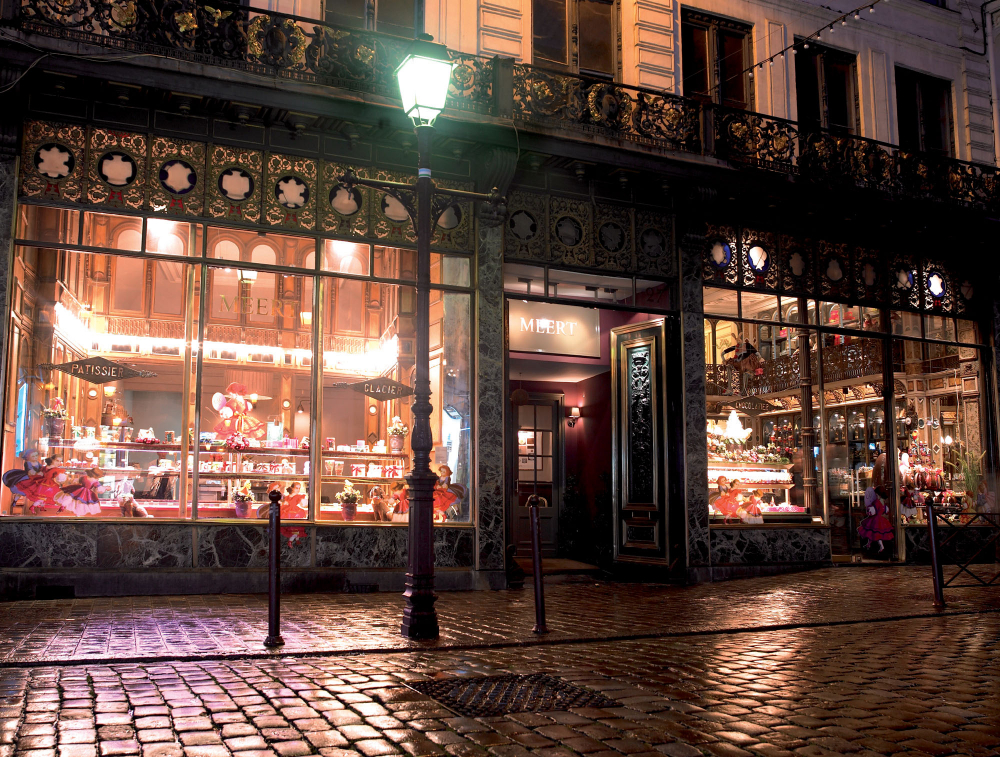
Meert Patisserie in Lille - ©JP. Metsers - OTCL Lille
Take a look at our tours for gourmet travelers.
Where to stay in the North of France
Lille is a great location for exploring the region (Ypres and the WWI sites in Belgium are less than a 1hr drive), plus you can easily enjoy the restaurants and bars in the city in the evening.
We have selected comfortable and convenient accommodations centrally located in the city for you to enjoy.
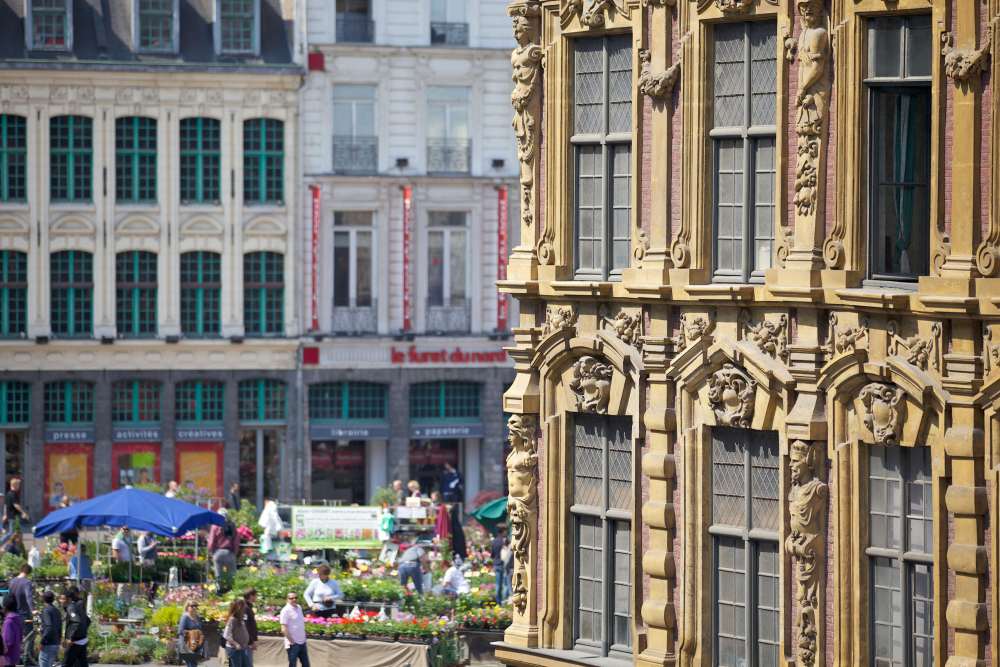
Stay in the center of Lille - ©L.Ghesquière - OTCL Lille
The History of the North of France
Due to its geographic location and access to the English Channel, the area has been fought over for centuries by the French, the English, Austrians, Spanish and Dutch. In 1713, with the Treaty of Utrecht, the region was definitively attached to France.
The area suffered horribly during the trench warfare of WWI, and the evacuation of Dunkirk in WWII (which you can discover on a Lille battlefield tour).
Lille and its region always had an important industrial role. What started as an important weaving and tapestry making center, turned into a modern textile industry, powered by the area’s plentiful underground resources of coal. The Nord was for a long time France’s great industrial heartland.
In the 1970’s, as elsewhere in Europe and the USA, these types of textile factories went out of business and the coal mines were shut down. The region suffered greatly during this period and has worked, and continues to work hard, in forging a new future for the region.
Lille Surrounding Area
The surrounding countryside is dotted with buildings from the area’s industrial past of coal mining and heavy industry factories which have been abandoned today. The area, however, is trying to recognise and honor this past by turning many sites into modern and interesting cultural venues and museums. The Louvre even opened an extension in Lens and an Art Deco swimming pool was turned into a museum in Roubaix.
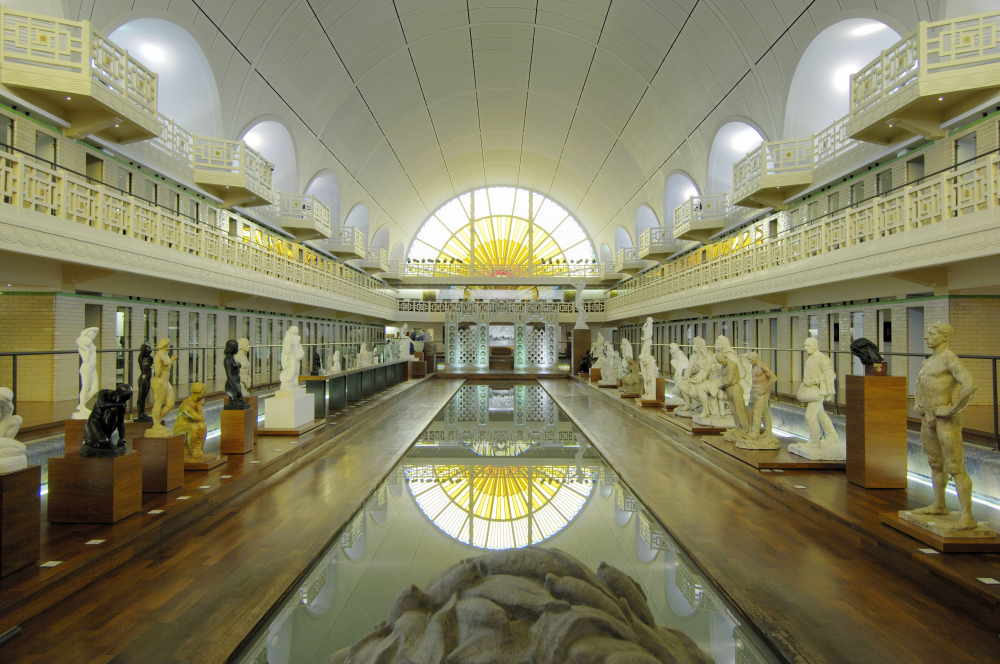
The Piscine in Roubaix is a gorgeous art deco swimming pool turned into a museum - ©A.Leprince MAIAD Roubaix

